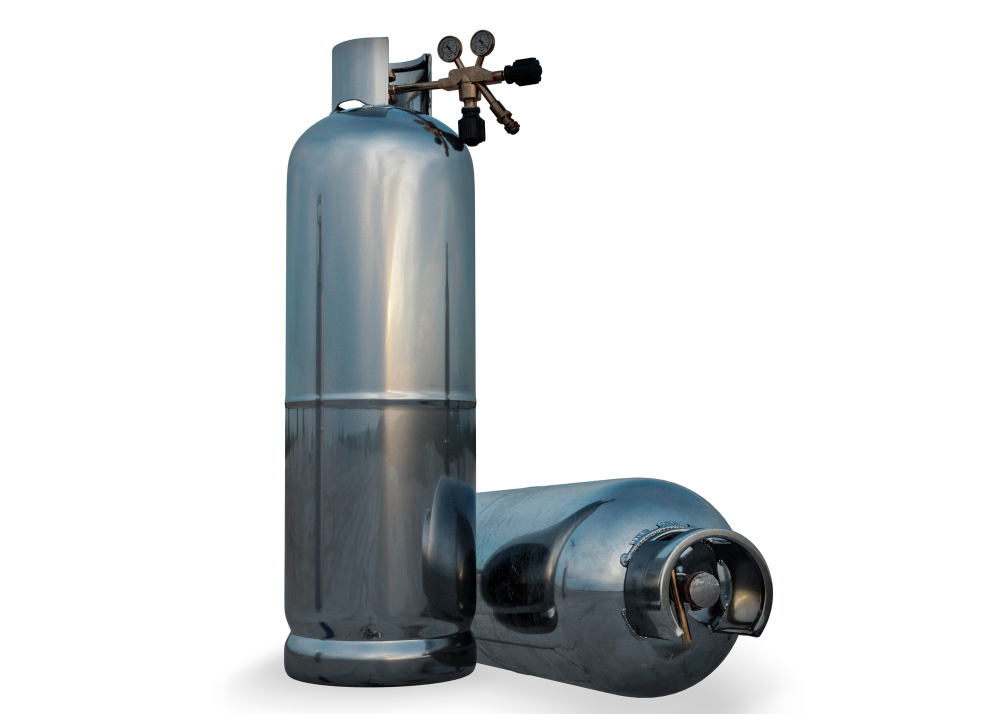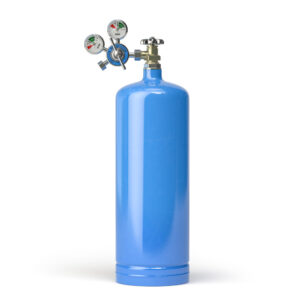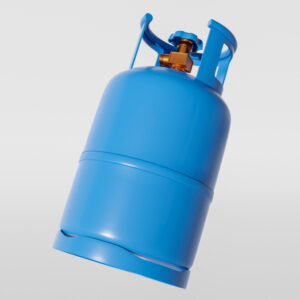Description
Key Features:
- Precision gas mixtures for instrument calibration.
- Customizable compositions for specific applications.
- Traceable to international standards.
- High accuracy and stability.
- Available in various cylinder sizes.
Benefits:
- Ensures instrument accuracy.
- Facilitates reliable data collection.
- Customizable for diverse applications.
- Adheres to international standards.
- Convenient cylinder options.
Specification Points:
- Gas mixture composition.
- Traceability to recognized standards.
- Cylinder pressure and volume specifications.
- Shelf life and storage conditions.
Direction of Use:
Calibration gases are essential for maintaining instrument accuracy. Choose the appropriate mixture, follow handling and storage guidelines, and use them to calibrate gas analyzers, environmental sensors, and other precision instruments regularly for reliable measurements.





Reviews
There are no reviews yet.